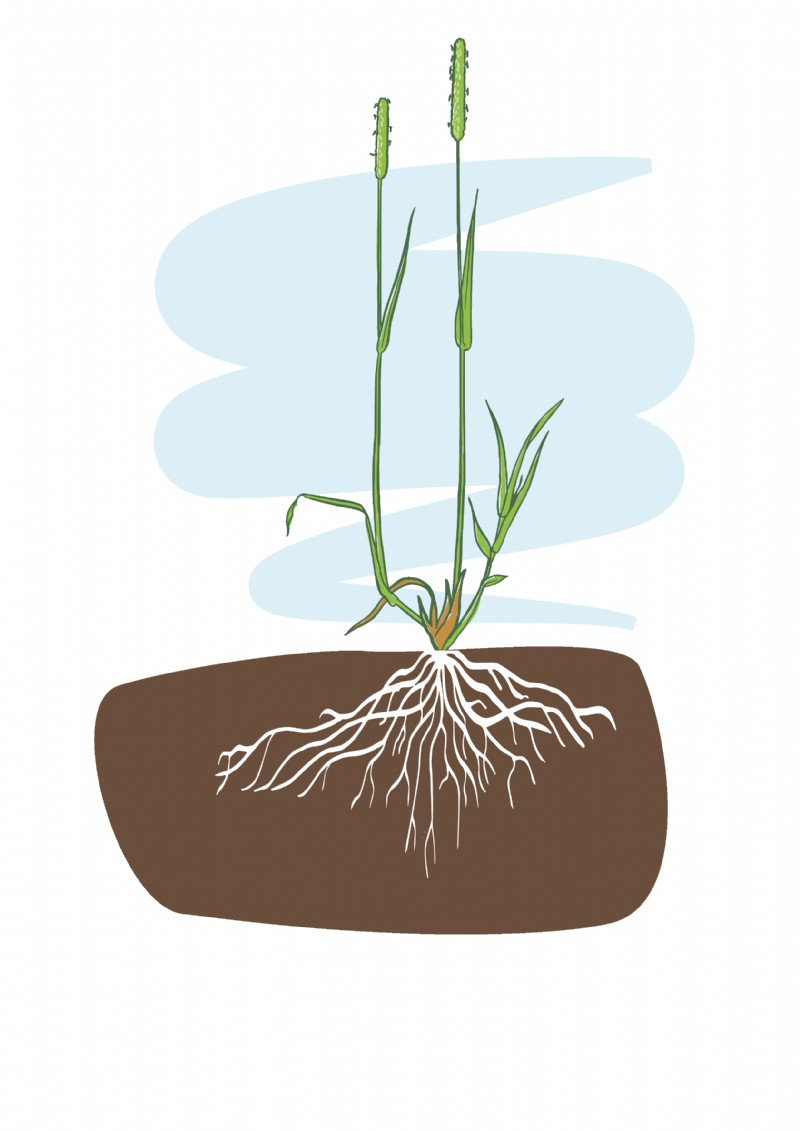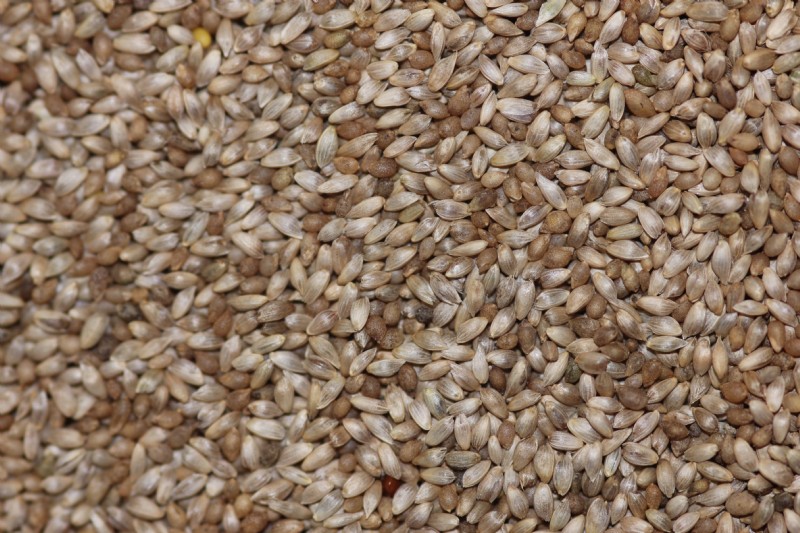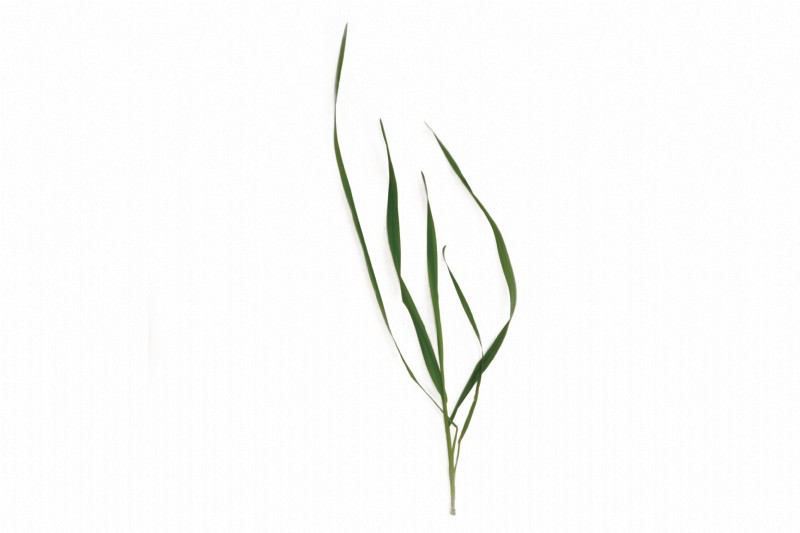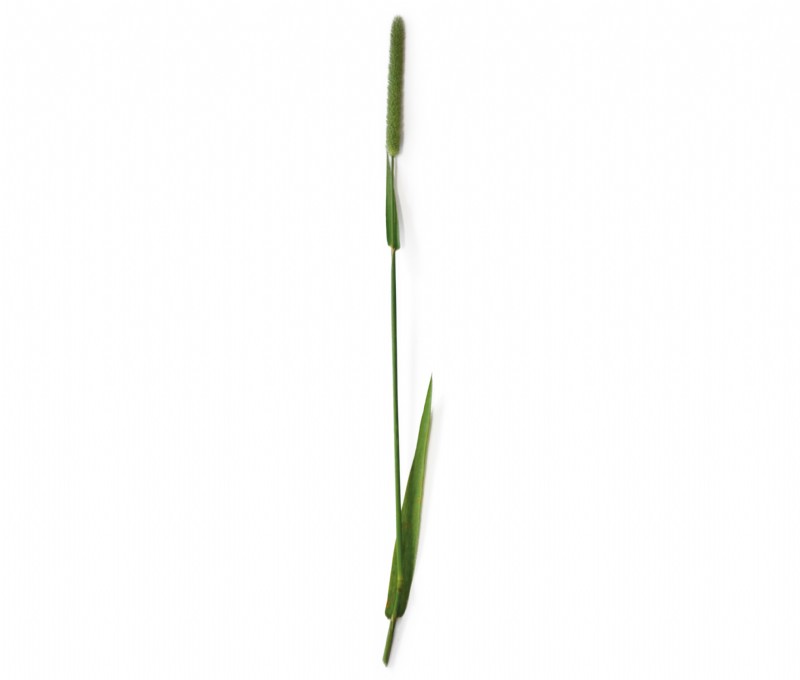Timothy
Possibly the most important and flexible grass species which is used both environmentally and agriculturally. It is a very common species found in pasture throughout the UK. It retains its verdure longer than most grasses and although similar to smaller cats tail, it is larger in size with wider leaves and a longer spike like panicle.
Uses
Hay and late season grazing.
Persistence
Timothy is very persistent, usually outlasting other less permanent species like ryegrass in mixtures. However be aware that it can be slow in the first year of production.
Strengths
From an agricultural perspective Timothy is a very persistent and hardy grass, free of disease. The forage it produces is acceptable to most classes of stock. It will grow abundantly on heavy ground and, although it only has a shallow root structure, it still persists well on lighter land in dry years.
Frost Tolerance
Very winter hardy, grown in particularly cold conditions around the world.
Yield
12t DM/ha
Sowing Rate Advice
8kg per acre / 20kg per ha.
Timothy seed is very small, so sowing rates for a pure stand is lower than most species.
Mixture Sowing Rate Advice
1 - 3kgs per acre / 2.5 - 7.5kgs per ha.
Ideal Sowing Time
It can be sown from spring until autumn, but a late autumn sowing will lead to a slow autumn establishment, be aware that this particularly small seed will not tolerate being sown to deeply.
Management
Cutting just as the seeds ripen provides nutritious forage as hay.
Distinguishing characteristics
Seed
This is a particularly small seed, with an oval to elliptical shape. It is a light brown to white colour and has a smooth texture. It is approximately 1mm in length.
Flowering Plant
The plant is a light, faded green-grey colour.
The leaves are long, hairless with rough edges and a characteristic twist or whorl to each leaf. They are rolled in the bud.
The plant has blunt ligules, up to 6mm.
The closely packed spike is cylindrical and green, turning grey / purple as it matures. Up to 15cm long.
Mature plants have a bulbous, swollen base.
It can reach 150cm in height.
Additional Info
Flowers June - August Average seeds per kg - 2,500,000.
Works well with
Timothy can be combined with long term perennial ryegrass mixtures to extend the life of the mixture and provide late season growth. It can also be combined with meadow fescue in traditional long term hay mixtures.You can find Timothy in the following mixtures
- Traditional Hay Maker - Long Term Hay Ley
- Traditional Hay Maker - Long Term Hay Ley - 70% ORGANIC
- Hay & Graze - Four Year Dual Purpose Hay/Haylage Ley
- Hay & Graze Medium Term 4 year Hay Ley - 70% ORGANIC
- Long Lasting Upland Dual Purpose Mix
- Long Lasting Upland Dual Purpose Mix 70% ORGANIC
- Early Bite Sheep & Hay Ley
- Permanent Grass
- Milk-Meat Cut or Graze Five Year Plus Ley
- ‘LAMINS’ Drought Resistant Four Year Grazing Ley Dry, Light Land
- ‘LAMINS’ Drought Resistant Four Year Grazing Ley 70% ORGANIC
- Recreating Grassland
- Recreating Grassland 70% ORGANIC
- Buffer Strip Grass Margin (CAHL3, AHL3, CAHL4 & AHL4)
- Buffer Strip Grass Margin Mix 70% ORGANIC
- Beetle Bank & Tussocky Grass Margin (AHL3 & AHL4)
- Beetle Bank Tussocky Grass Margin 70% ORGANIC
- Wetland Dual Purpose Long Term Mixture
- Wetland Dual Purpose Long Term Mixture 70% Organic
- Equine Pasture Mix - Long Term No Ryegrass
- Equine Pasture Mix - Long Term No Ryegrass - 70% ORGANIC
- Light Land Beef/Sheep - Long Term Ley
- Light Land Legume & Herb Rich Sward (OP4/SAM3) 70% Organic
- Heavy Land Legume & Herb Rich Sward (OP4/SAM3) 70% Organic
History
It was named after Timothy Hanson who introduced it into agriculture in the southern states of America (1720).







